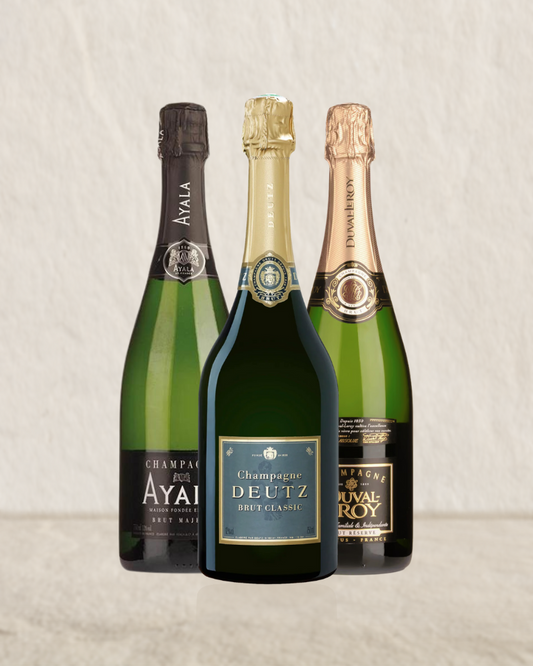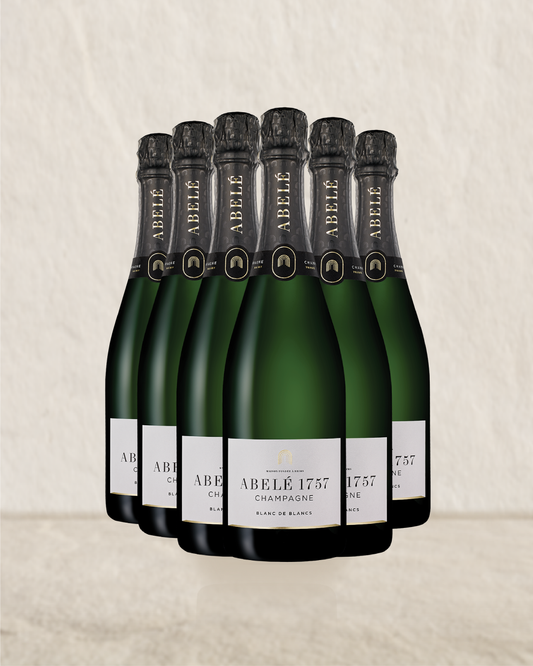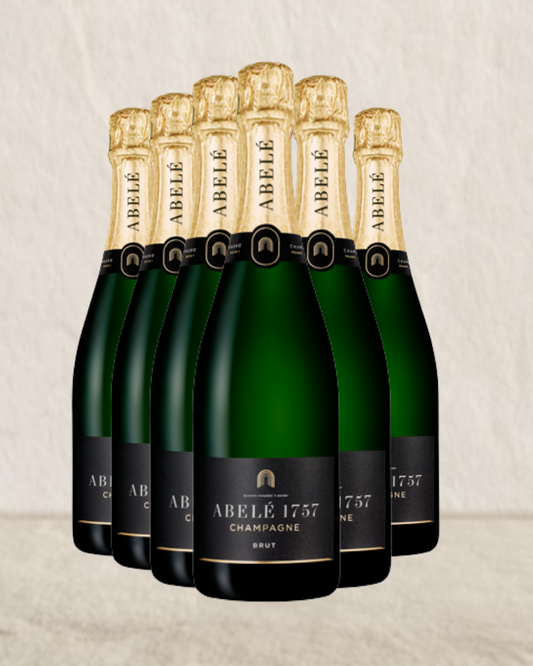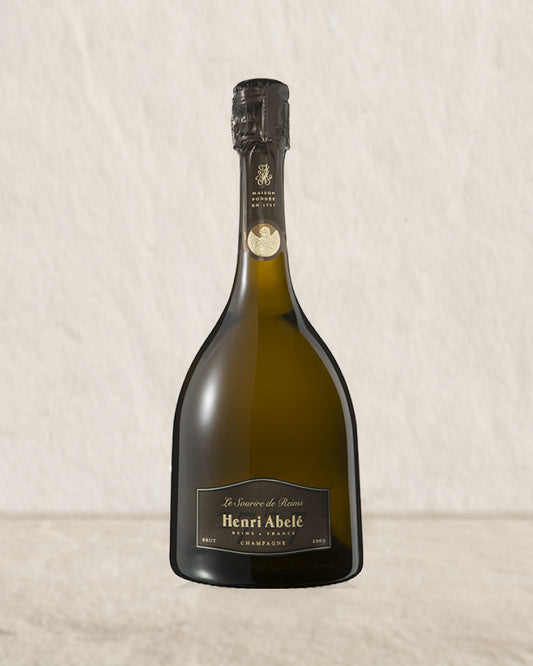Dom Perignon - The man and the myths
Dom Pierre Pérignon (c. 1638–14 September 1715) was a Benedictine monk who made important contributions to the production and quality of Champagne wine in an era when the region's wines were predominantly still and red.
Pierre Pérignon was born to a clerk of a local judge in the town of Saint-Menehould in the Champagne region of France. When he was 19 he entered the Benedictine order, first serving at the Abbey of Saint-Vannes in the town of Verdun. In 1668, he transferred to the Abbey of Hautvillers near the town of Épernay. He served as cellar master of the Abbey until his death in 1715. Under his stewardship, the Abbey flourished and doubled the size of its vineyard holding. As a sign of honor and respect, the Dom was buried in a section of the Abbey traditionally reserved for only abbots.
In 1718, Canon Godinot published a set of wine making rules that were said to be established by Dom Pérignon. Among these rules was the detail that fine wine should only be made from Pinot Noir. Pérignon was not fond of white grapes because of their tendency to enter refermentation. Other rules that Godinot included was Pérignon's guidance to aggressively prune vines so that they grow no higher than three feet and produce a smaller crop. Harvest should be done in cool, damp conditions (such as early morning) with every precaution being taken to ensure that the grapes don't bruise or break. Rotten and overly large grapes were to be thrown out. Pérignon did not allow grapes to be treaded and favored the use of multiple presses to help minimize macerations of the juice and the skins. He was also an advocate of 'organic' winemaking where he sought only to use the natural processes without the addition of any foreign substances
Common myths
The quote attributed to him—"Come quickly, I am tasting stars!"—is supposedly what he said when tasting the first sparkling champagne. However, the first appearance of that quote appears to have been in a print advertisement in the late 1800s.
While the Dom did work tirelessly and successfully to improve the quality and renown of the still wines of Champagne, he did not invent sparkling wine, nor was he the first to make champagne. Indeed he worked hard to prevent a secondary fermentation which was seen as a fault and most likely to break the wine bottles.
A major proponent of the misconceptions surrounding Dom Pérignon came from one of his successors at the Abbey of Hautvillers, Dom Groussard, who in 1821 gave an account of Dom Pérignon "inventing" Champagne among other exaggerated tales about the Abbey in order to garner historical importance and prestige for the church. The myths about Pérignon being able to name the precise vineyard by tasting a single grape likely originated from Groussard's account.
Prior to blending he would taste the grapes without knowing the source vineyard to avoid influencing his perceptions. References to his "blind tasting of wine" have led to the common misconception that Dom Pérignon was blind.
Contrary to popular belief, Dom Pérignon did not introduce blending to Champagne wines but rather the innovation of blending the grapes prior to sending them to press.
Dom Perignon's legacy
His influence was profound as his achievements include inventing the more gentle 'coquard' press which allowed him to make clear, still white wine from black grapes. The understanding of Champagne's marginal climate and that by blending from different vineyard sources made for a more complete and balanced wine. The use of bottles made from verre anglais ('English glass') which were much stronger and able to withstand the pressure better and the reintroduction of cork as an effective closure to seal.







